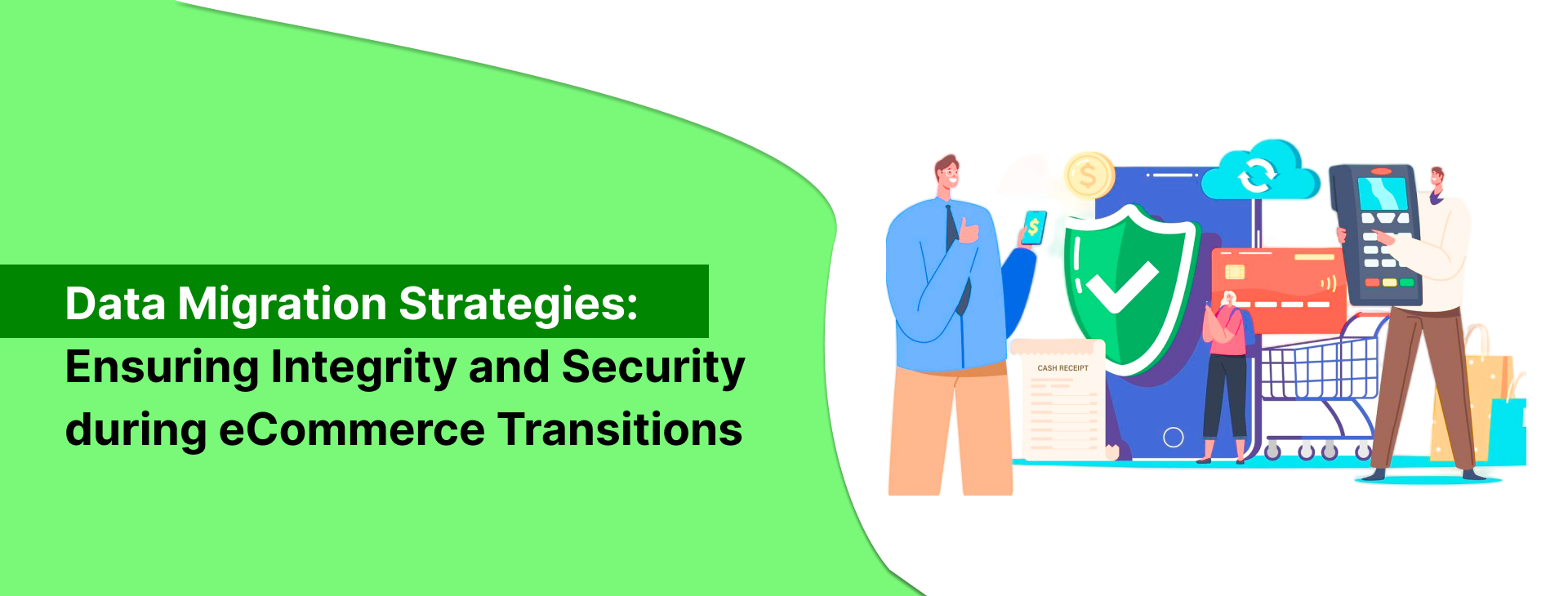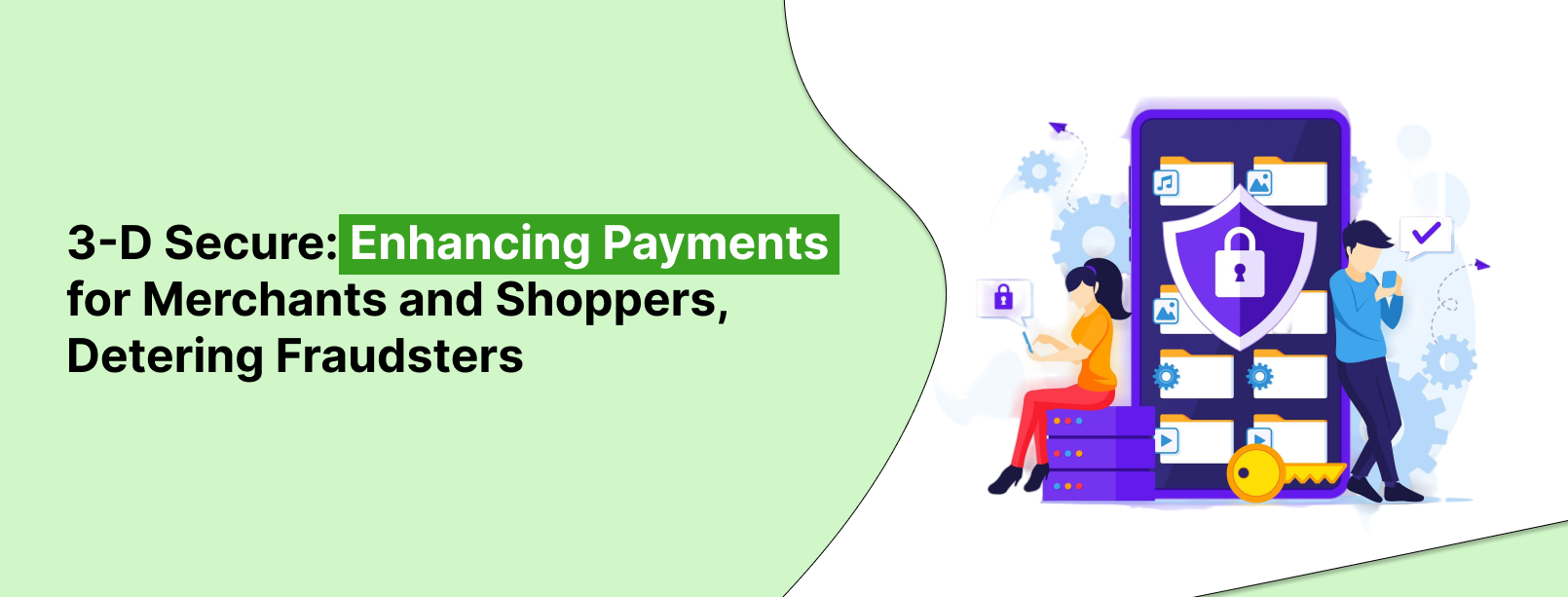Home Blog
Integrating B2B eCommerce with ERP Systems

Written By Jenny Doe

Reviewed By Jenny Doe
5 Min Read
B2B eCommerce requirements are increasing day by day. Their complex processes and high-volume data call for an organized way to streamline workflows. And without proper resource planning, things can go out of hand. To ensure synchronization among departments and provide a smooth customer experience, utilizing ERP systems is the best bet.
ERP systems or Enterprise Resource Planning systems are software that ensures compatibility and streamlined workflows among core business processes. It is a tool that provides automation and synchronization among different departments of the company.
B2B eCommerce companies, especially, need it to provide a better shopping experience and organized workflows across departments and teams.
Integration of ERP platforms might seem simple but it has its challenges. The first concern is finding the best way to connect.
Most companies feel that using an ERP system with API is the best way. It’s because APIs enable data sharing between two platforms. However, many other cases show different paths to easily connect B2B eCommerce with an ERP.
To end this confusion and help you choose the perfect way, we’ve discussed some popular methods in this blog. Read on.
The first and most common integration way is using an API layer. It’s a real-time integration and makes data extraction easy. Furthermore, it makes interaction between your eCommerce platform and ERP software seamless.
API-based integrations are of two types: One-way and Two-way.
One-way integration: When your eCommerce platform sends data to your ERP or vice versa, it’s called one-way integration. Let’s understand it with an example. If your ERP software transfers inventory updates to your online store, it is one-way communication between these platforms.
Two-way integration: On the other hand, when your ERP system and eCommerce platform can communicate equally, it is a two-way integration. For instance, when you make changes to your online store, the updates get visible in the ERP software and vice versa.
Many businesses, especially large setups, opt for real-time integration. However, others like warehouse management prefer performing regularly scheduled synchronizations. It’s true with those B2B companies that do not need to update specific data in real time, such as product descriptions.
For large data transfers, these organizations can either choose STFP servers or API data syncs. While STFP helps developers with increased file protection, API syncs help them with increased data visibility.
This integration method might not be as popular as real-time and scheduled integrations, but it is still useful for businesses that are maximizing their resources. What they can do is upload CSV files with crucial data to sync their eCommerce platforms with ERP systems.
In short, this method is helpful for enterprises on their basic levels. Since they have fewer needs to update their data frequently, they can do it manually. And when the business grows, they can go for automated integrations. Manual data sync is time-consuming and may pose security threats.
ERP system integration with B2B eCommerce platforms results in many benefits that ultimately bring profits and increased ROIs.
Access to real-time data is the primary benefit of integrating B2B eCommerce and ERP software. It helps with the seamless exchange of data between the two platforms, including inventory management, order processing, and customer information.
By integrating in real-time, organizations can ensure seamless work collaboration among various departments of the company. Furthermore, this speeds up the platform processes and gives a smooth experience to the end user, i.e. a customer.
Another benefit of integration between these two platforms is control over data accuracy. It reduces manual errors by avoiding duplicate entries and typos. Accuracy in data also takes care of regulatory compliance by creating more financial reports.
Besides, it also helps in maintaining consistent pricing and discounts across all sales channels. This leads to streamlined processes among different departments, resulting in faster and better store and backend performances.
The above two benefits ultimately lead to better customer experience. Integration between your B2B eCommerce and ERP systems helps in giving your customers control over personalization, past orders, account management, order tracking, placing repeat orders, and access to customized pricing.
Additionally, data synchronization also helps support teams provide better assistance and resolve issues faster by having updated informatio
Data integration between ERP systems and eCommerce platforms reduces operational costs. It happens because of the automation of various processes including invoicing and order processing.
Also, real-time integration performs actions like demand forecasting and supply chain insights. It ensures better inventory management, prevents stockouts, and reduces inventory costs. By having access to accurate data, businesses can make more informed decisions for pricing strategies and resource allocation.
In the end, we’d say that ERP integrations can have their challenges such as evolving compliance and incompatible formats for synchronization. That being said, ERP systems integration is the most crucial activity that B2B eCommerce businesses of all sizes need



2023-24 eCommDaddy, All rights reserved.